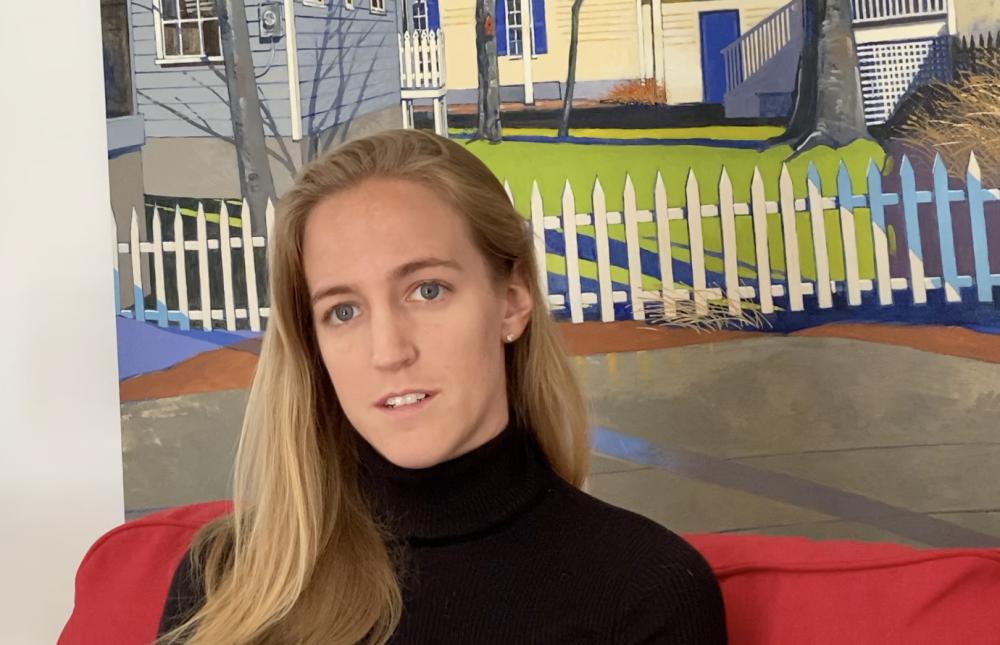It’s almost impossible to fathom, but until UM Center for Environmental Science’s Christine Knauss made it the focus of her research at Horn Point, no significant studies had been done on the impact of plastic waste on Maryland’s fragile oyster population.
At a time when the Chesapeake Bay is the involuntary depository for tons of containers, bags, and numerous other products made of plastic, it seemed odd and more than a bit troubling to her that this waste material had not been the subject of intensive scientific review. Particularly at a time when the oyster industry struggles to keep one of the State’s iconic seafood products sustainable.
In our Spy chat with Christine, she outlines her motivation for studying the impact of plastic microbeads on oysters, and specifically, the young larvae (babies) that must cope with ingesting the material as they begin their life cycle. She also summarizes her early findings, which will ultimately be used to complete her Ph.D. degree.
This video is approximately four minutes in length. For more information about the work of Horn Point Laboratory, please go here.




Write a Letter to the Editor on this Article
We encourage readers to offer their point of view on this article by submitting the following form. Editing is sometimes necessary and is done at the discretion of the editorial staff.